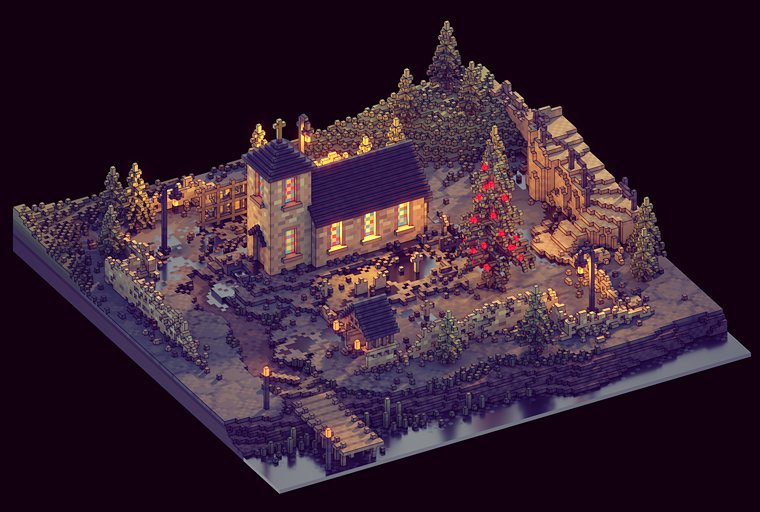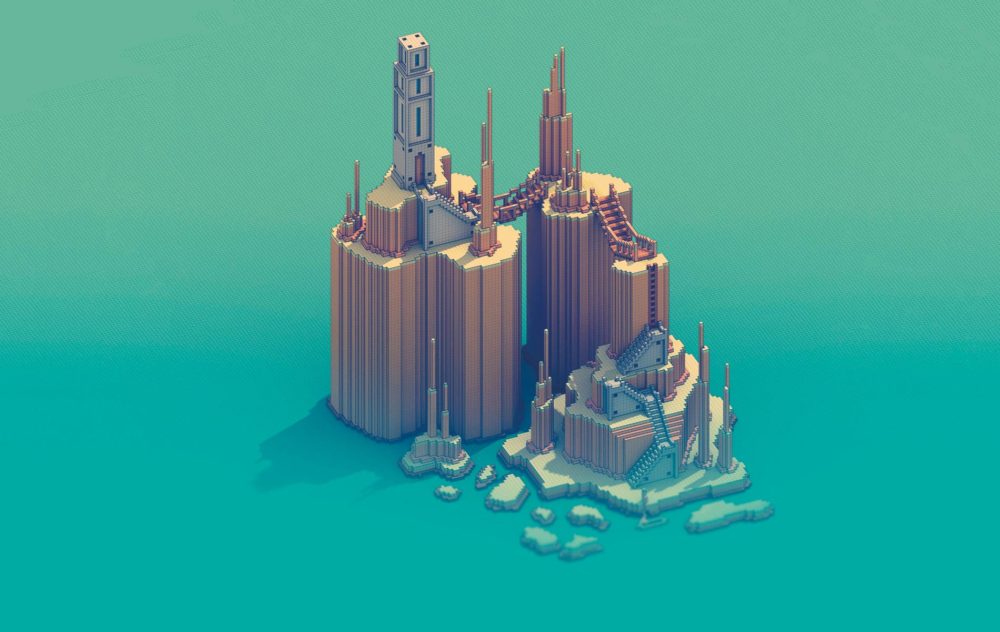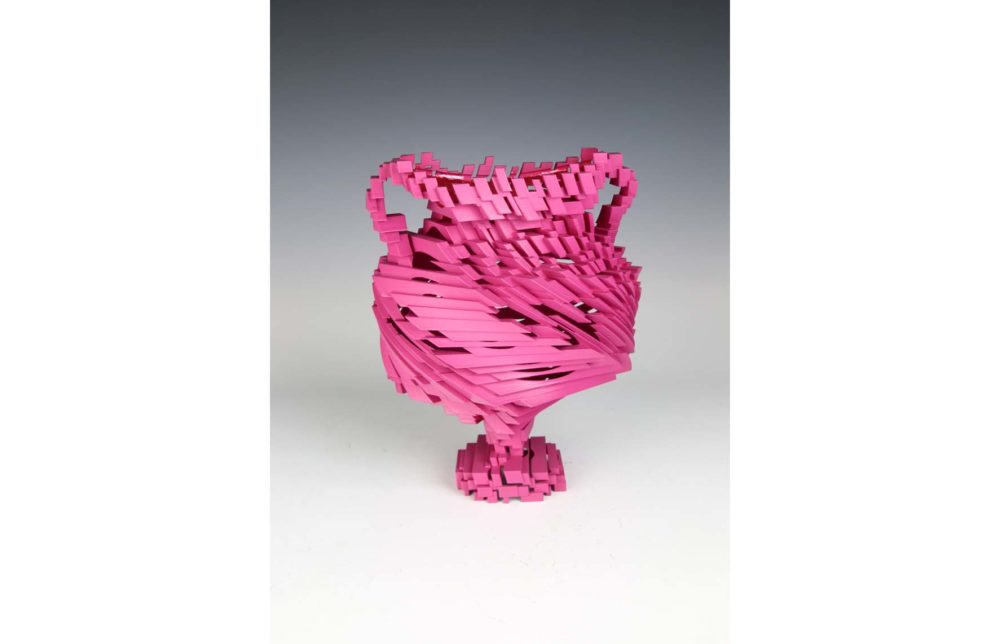Voxels are 3-dimensional ‘cubes’ of space, analogous to a 2D pixel. As a concept, voxels have existed since the 1990s and even earlier for medical and other applications where their use was important for efficiently mapping regions of 3D space. It’s only recently, however, that they’ve become used for aesthetic purposes.

Voxel art was born not out of a choice but rather a restriction. As video games looked to allow players increased levels of interactivity, game designers realized that they needed an efficient way to both store and modify information about a player’s world, thus, they turned to voxels. While some games tried their best to obscure the internal voxel structure through fancy mesh reconstruction and art techniques, the most popular of the bunch – Minecraft – became a massive hit despite (or because of?) its decidedly boxy visuals. Players found that the simplicity which voxels afforded made gameplay more fun.

As other games followed suit, voxel art styles continued to evolve. Some voxel-based games used increasingly complex art with intricate detail; others, on the other hand, used simple structures, but mastered light and shadow to create visually stimulating images. As a general rule, voxel art is at least 2 of: complex geometry, complex colors, and/or complex lighting. Otherwise, it tends to come off as bland and unappealing.

As voxel art got more popular, its reach began to expand beyond solely that of video games. Although originally used for its functional purpose, artists saw the artistic value of the simple, yet complex aesthetic.


1 Comment. Leave new
I never knew that this style of graphics had a specific name, that’s very cool! I’ve always enjoyed Minecraft because of the simplistic design choices of a cube-based world. It’s very interesting to see the applications it has outside of Minecraft, with art in general, and also how it can be used for medical purposes.
I would love to see more in depth information on the programs that were used prior to the 1990’s, for medical and similar purposes. I think it would be interesting to compare where it all started with where it is at now.